A DPDT (Double Pole Double Throw) switch is one of the most commonly employed components in electrical control circuits. Acting like an on/off switch, double-pole switches simultaneously control two independent electrical circuits. These switches come in different shapes, sizes, ratings and functionalities to suit any application you may require them for. But what makes them so special? In this blog post, we’ll explore the anatomy of a DPDT switch to help you better understand its purpose and how it can be used in your next project!
What Is A DPDT Switch?
DPDT switches are often used in many types of electronics, from car audio systems to major appliance controls. [1]
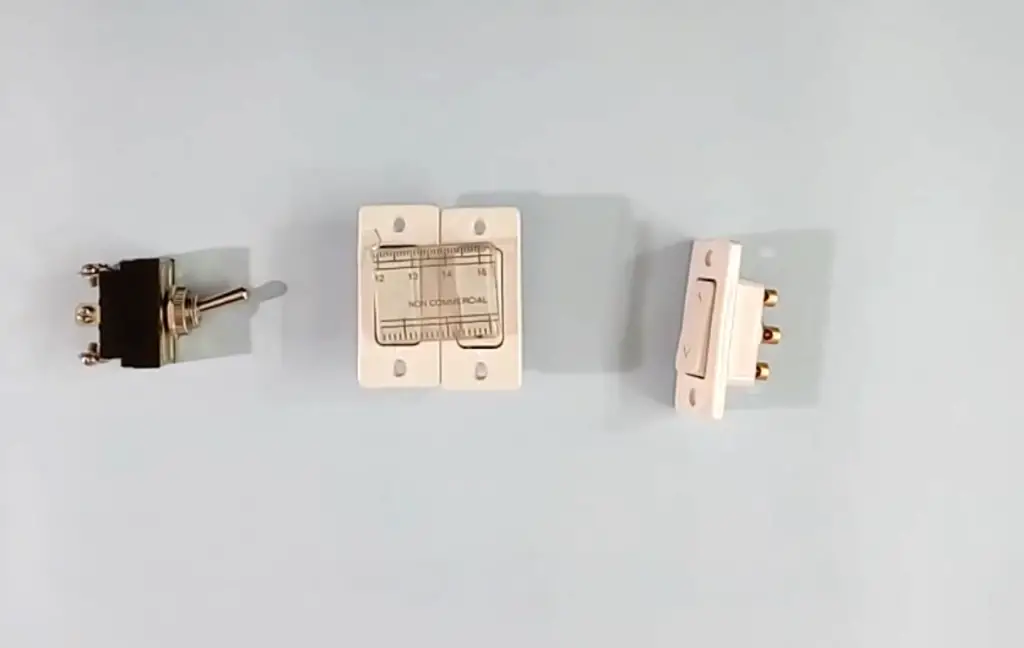
How Does A DPDT Switch Work?
It’s an ideal tool for redirecting or controlling the flow of electricity from one circuit to another. By utilizing a single switch, you can effortlessly control two distinct circuits with ease. Each set of contacts can either be in the “On” position, connecting the circuit, or the “Off” position, disconnecting it. When the switch is turned one way, it will connect one circuit and disconnect the other. When the switch is turned in the opposite direction, it will connect the other circuit and disconnect the first one. A DPDT switch, compared to the simpler SPST (single-pole single-throw) switch that merely connects and disconnects one circuit, can be used for more complex configurations of multiple circuits. This makes a DPDT switch a more versatile switch than an SPST.
It is also commonly used in applications such as controlling motors, lighting fixtures, and audio systems. In summary, a DPDT switch allows for two separate circuits to be controlled with one switch. It can be used to connect or disconnect either of the two circuits depending on which direction the switch is turned. A DPDT switch is often preferred over simpler switches due to its greater versatility and ability to control multiple circuits at once.
What Are The Components Of A DPDT Switch?
A DPDT switch consists of three main components: the toggle, the contacts, and the wiring. The toggle is a spring-loaded lever that allows users to switch between two positions – on and off. It also includes an indicator showing which position it is currently in. The contacts are metal plates or strips that conduct electricity when pressed against each other. They are usually made from copper or brass for better conductivity.
Finally, the wiring connects these components together and supplies power to them. Depending on the type of switch, this can be done through screw terminals or solder tags on either side of the switch. This makes it possible for a user to control multiple circuits from just one switch by connecting them directly to its contacts.
With this setup, a DPDT switch can be used to control two separate circuits from one position. It is important to note that the contacts must be wired in opposite directions – when one contact closes, the other opens. This ensures that only one circuit can be activated at any given time. Additionally, some switches may contain additional components such as resistors and capacitors for filtering out noise or providing extra protection against accidental switching.
Overall, DPDT switches are simple yet powerful devices for controlling multiple circuits with just one toggle lever. With their versatility and robustness, they have become an invaluable tool for both amateur hobbyists and professional engineers alike. So if you ever need to add a bit of extra functionality to your project, look no further than the humble DPDT switch.
A great way to learn more about how a DPDT switch works is to actually build one yourself. This project can be done with just a few basic components and doesn’t require any special tools or skills. After gathering the parts, you can start by wiring up the contacts according to your circuit’s needs and then connecting them to the toggle lever. Finally, you will need to make sure that everything is properly secured in place so that it won’t move around when it isn’t supposed to.
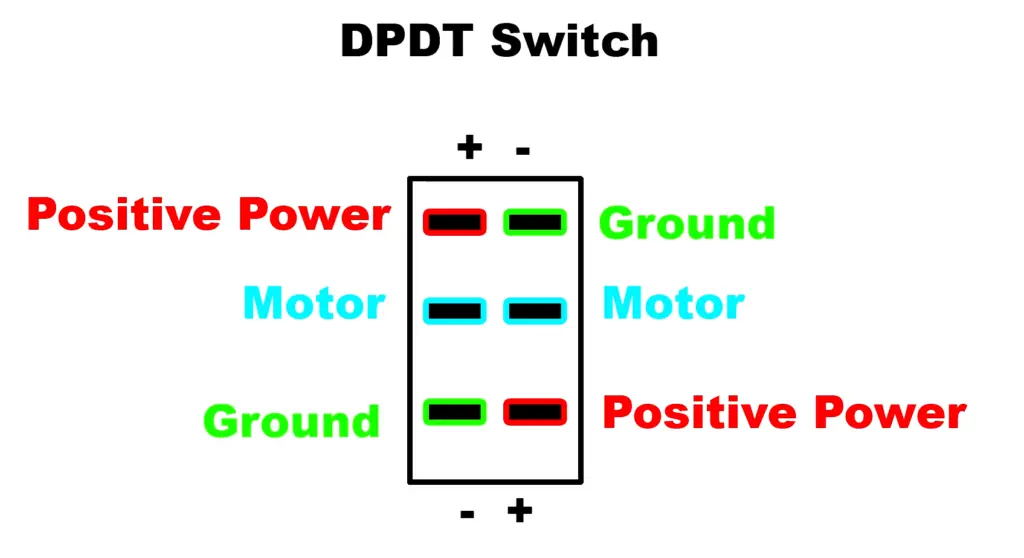
With these steps completed, you should now have a working DPDT switch ready for use. You can now begin testing its functionality and exploring all the ways in which you can use it to make your projects more efficient and reliable. [2]
What’s The Difference Between DP And SPDT Switches?
A DPDT (Double Pole, Double Throw) switch is a type of switch that allows you to control two circuits with one mechanism. A DPST (Single Pole, Single Throw) switch controls only one circuit. The difference between the two is that a DPST switch has a single pole while a DPDT has two poles. This means that a DPDT can be used to control two separate circuits in different ways depending on its position. For example, it could be used to turn an appliance on and off at the same time or turn lights on and off independently. A SPDT (Single Pole, Double Throw) switch operates similarly but provides more flexibility as it can control multiple circuits in three different positions. In this configuration, it can be used to control a variety of different appliances and lighting setups.
Each of these switches provides a specific purpose and it is important to understand the differences between them in order to use them correctly in your project.
DPDT Switch Applications
DPDT switches are highly versatile electrical components that can serve a variety of applications. They are commonly used in the manufacture of motors, lighting fixtures, and audio/video equipment. Many household appliances also use DPDT switches to control on/off functions and specify operating modes. In addition, DPDT switches are frequently employed in industrial settings for controlling valves, pumps, and other motorized devices within hazardous environments. Furthermore, some specialized industrial DPDT switches come with self-locking mechanisms to prevent accidental operation.
By combining two SPDT switches into one unit, DPDT switches can provide a wide range of functionality depending on the specific application needs at hand. Ultimately, the versatility of these components make them indispensable tools in any electrical system.
In summary, DPDT switches are highly versatile electrical components with a wide range of applications from household appliances to industrial settings. By combining two SPDT switches into one unit, DPDT switches can provide an array of control and operation options for any kind of electrical system. [3]

Why Use A Double-Pole, Double-Throw Switch?
It can be used to control multiple circuits or devices at the same time from one location. DPDT switches are used in many applications, including automotive systems, circuit protection devices like fuses and circuit breakers, audio equipment, and electronic measurement instruments.
In addition to controlling multiple functions or circuits with a single switch, DPDT switches offer other advantages as well. They allow for manual control of the switching action without the need for additional wires or complicated wiring configurations. The dual-throw design also allows a unit to operate in an “on” position while simultaneously having an “off” position. This allows for more precise control of a unit or system, which is often necessary in electrical systems and applications. Additionally, DPDT switches require fewer components than other types of switches, meaning they are often less expensive to purchase and install.
Overall, double-pole, double-throw (DPDT) switches offer a simple but effective way to control multiple circuits or devices at the same time from one location with minimal wiring complexity. They allow for precise manual control of switching actions without additional wires, fewer components than other switch types, and are often an economical solution as well. For these reasons, DPDT switches can be found in many different industries and applications today.
How Do I Know If I Need A DPDT Switch?
When it comes to determining the need for a DPDT switch, there are several factors that must be considered. First and foremost, understand what type of circuit needs to be controlled. A DPDT switch is generally used when two separate circuits need to be connected or disconnected from each other in order to control the flow of electricity. This could involve switching between two different power sources, enabling/disabling certain components of a circuit, or reversing the direction of an electric motor.
Furthermore, it’s important to consider how much current is going through the switch and its load capacity as this will determine whether a single or double-pole switch is needed. If more than one component needs connecting and disconnecting at the same time, then a double-pole switch is the right choice. This will ensure that both circuits are correctly disconnected when the switch is in the ‘off’ position.
Finally, it’s important to also consider any additional features of the DPDT switch such as its size, cost and ease of installation. These factors all contribute towards selecting an appropriate DPDT switch for a specific application. With these points in mind, you should be able to determine if you need a DPDT switch or not. [4]
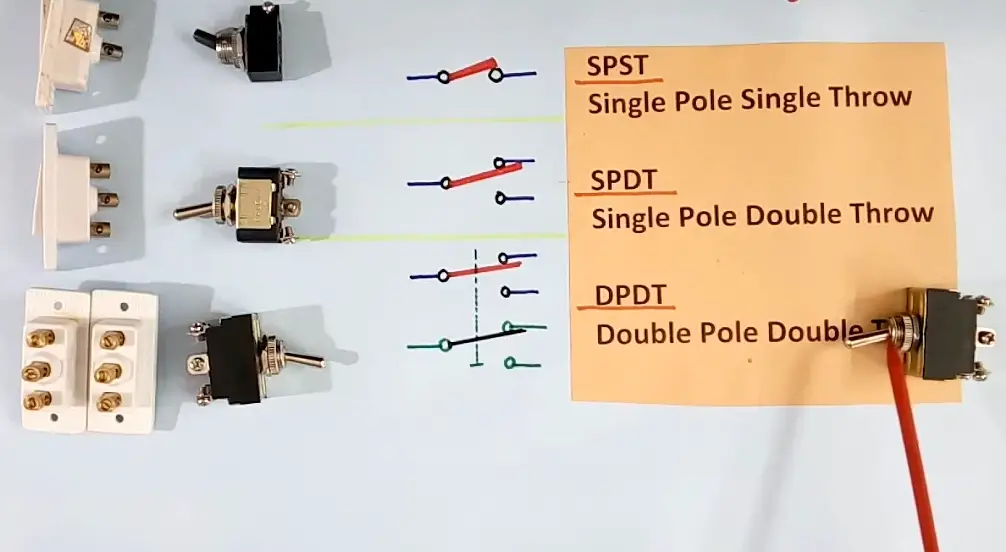
How To Use A DPDT Switch?
Using a DPDT switch is relatively easy, but it can be used in many different ways depending on the application. The most common way to use a DPDT switch is as an On/Off control for two different circuits at the same time. To do this, you need to connect one pole of the switch to each circuit. Then, connect both of the other poles together and wire them to your power source. When you flip the switch one way, it will turn on one circuit while turning off the other. Flipping it in the opposite direction will turn off one circuit and activate the other.
You can also use a DPDT switch as an electrical selector for multiple devices or components that require varying levels of power. This can be done by connecting each pole to a different device or component, then wiring the common poles together. When you switch between the two positions, it will select which device or component is receiving power from the source while cutting off the other.
Finally, a DPDT switch can be used as an alarm system that triggers when voltage in one circuit drops below a certain threshold level. To do this, you need to connect one pole of the switch to your reference voltage source and connect both of the remaining poles to separate circuits. If either circuit’s voltage drops below your reference voltage, then it will trigger the alarm and alert you of any potential problems with your system. [5]
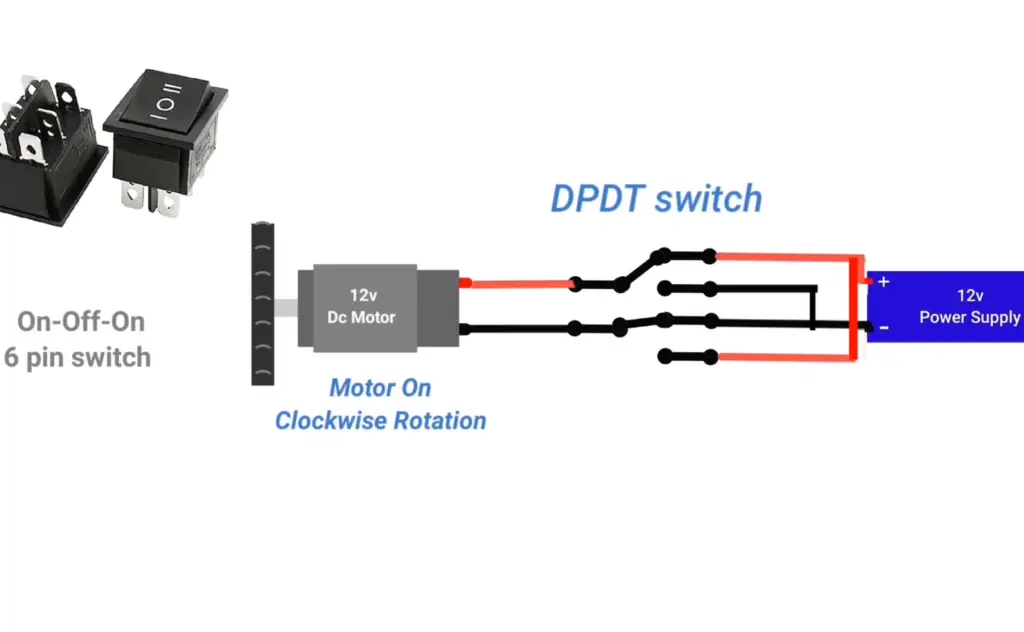
FAQ
What is the DPDT switch used for?
The DPDT switch is most commonly used for switching between two circuits. It can also be used to reverse the direction of an electric motor, change the wiring configuration on a guitar pickup selector, or use one switch to control two separate circuits. The versatility of the DPDT makes it a popular choice among electrical engineers and hobbyists alike.
What do the letters “DPDT” stand for?
This means that there are two pairs of terminals connected to two different positions on a single switch. When the lever is in one position, one pair of terminals is connected, and when the lever is in the other position, the other pair of terminals is connected.
How many different positions can a DPDT switch have?
A DPDT switch can have two or more positions. For example, it can be used to control two- or three-way circuits. It’s also possible to use multiple switches to create even more complex configurations with multiple positions and connections.
What is the difference between SPDT and DPDT?
The main difference between an SPDT and a DPDT switch is the number of poles and throws. An SPDT switch has one pole and two throws, while a DPDT switch has two poles and four throws. This means that a DPDT switch can control two separate circuits with just one lever or knob, making it more versatile than an SPDT switch. Additionally, the wiring for a DPDT switch is slightly more complicated than wiring for an SPDT switch. As such, it is usually used in applications where more control options are needed.
Examples of these applications include controlling multiple motors or lights from one single source. A DPDT switch can also be wired to reverse the direction of current flow in a circuit, while an SPDT switch can only turn a single circuit on and off.
What is an example of a DPDT switch?
One example of a DPDT switch is the toggle switch. Toggle switches are commonly used to control appliances and electronic devices, such as computer monitors or television sets. They feature two separate inputs that can be switched on and off simultaneously by flipping the toggle lever. The two inputs in a toggle switch correspond to two pairs of terminals — one pair for each input — allowing the device being controlled to be powered from two separate sources at once. This type of switch is also useful when measuring electrical signals, as it can provide an independent path for either signal without interference from the other signal. Therefore, they are frequently used as part of diagnostic equipment in industry and automotive testing applications.
Useful Video: DPDT switch with Connection and Diagram | Double Pole Double Throw | Explained with animation |
Conclusion
In conclusion, a DPDT switch is an incredibly useful electrical component that can be utilized in many applications. It has two sets of contacts and when activated, the contacts are either connected or disconnected depending on how the switch is wired. This feature makes it ideal for controlling multiple circuits from one switch, such as selecting between two power supplies or turning multiple lights on and off simultaneously. As with any other electrical component, proper installation and use is essential to ensure optimal functionality and safety. Understanding the basics of a DPDT switch can help you make better decisions in your wiring projects.
With careful consideration and thoughtful application of these components, you can create valuable solutions for all types of wiring needs.
Thanks to its reliable performance, versatility, and easy installation, the DPDT switch is sure to remain a popular choice in wiring projects.
Good luck and happy wiring!
References
- https://www.arrow.com/en/research-and-events/articles/understand-the-fundamentals-of-switch-poles-and-throws
- https://www.littelfuse.com/technical-resources/technical-centers/commercial-vehicle-technical-center/poles-and-throws.aspx
- https://www.elprocus.com/dpdt-switch/
- http://www.learningaboutelectronics.com/Articles/Double-pole-double-throw-switch-DPDT
- https://moniteurdevices.com/knowledgebase/knowledgebase/what-is-the-difference-between-spst-spdt-and-dpdt/










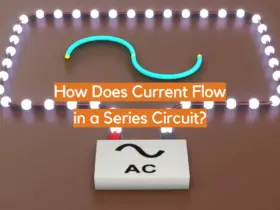



Leave a Reply